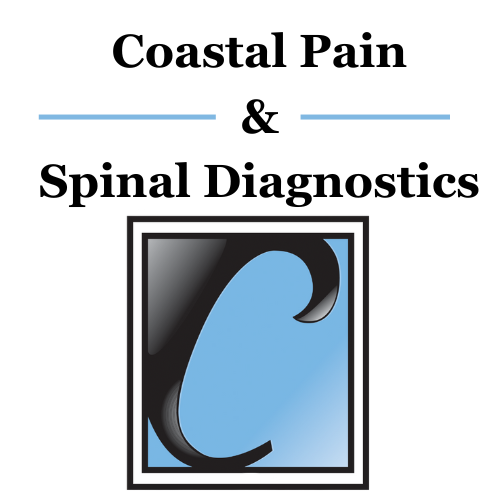Medication management can often be a big component to ones pain management regimen.
Only you and your doctor together can determine if medications and which medications are appropriate for you to help treat your medical condition.
Medication can be very beneficial, yet they are not without risk and side effects. It is important to only take your medication as prescribed by your doctor and report any side effects you notice.
You should empower yourself by educating yourself not only about your disease but also the medications you take to manage your condition. As a patient you should take it upon yourself to understand the medications you take and the associated side effects, as well as ask questions if you have any concerns or questions.
When it comes to pain management there are a wide variety of medication categories used to treat pain as well as adjuvants that are used including:
NSAIDS, Oral Steroids, Acetaminophen, Short Acting Opioids, Long Acting Opioids, Anticonvulsants, Benzodiazepines, Muscle Relaxants, Antidepressants, Anti-Rheumatics, Migraine Medications, Dopamine Stimulants, Gout Medications, Sleep Aids, Medications to treat side effects such as Constipation, Nausea, or Sedation.
When deciding on medications your doctor will often determine when and during which activities your pain manifest as well as the nature of your pain.
Pain resulting from injury to your nervous system (neuropathic pain) often is treated best with medications that target that particular pain mechanism such as with anticonvulsants and antidepressants.
Acute and inflammatory pain can often be managed with short term anti-inflammatory medications.
Often interventional procedures you might receive to help you manage your pain may include a steroid injection which is a strong anti-inflammatory medication.
Medications that often get a lot of attention in the treatment of pain management are Opioids. The next section will take your through understanding opioid medications as a tool in the treatment of chronic pain as well as safety and abuse issues surrounding opioid therapy.
Previous: Stretching & Core Strengthening
Next: Opioid Safety
